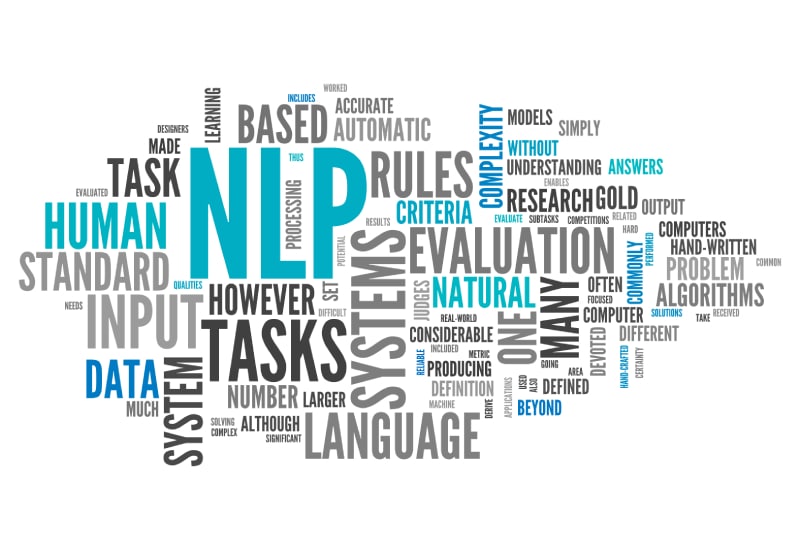As machine learning models become increasingly sophisticated, there is a growing concern that they may contain hidden biases that could lead to inaccurate or unfair predictions. In this blog post, we’ll explore the issue of bias in natural language processing (NLP), and discuss some methods for detecting and mitigating it.
Adoption of NLP has exploded in the last few years, and this growth is only expected to accelerate. According to Statista, in 2025 the NLP market will be nearly 14 times larger than it was in 2017. Much of this growth will be driven by adoption in the healthcare, retail and financial services industries—to name a few.
Regardless of the industry, many NLP solutions are built on word embeddings like Google’s word2vec (which maps out the connections between different words) or large-language models such as GPT-3, which has developed a contextual understanding of language by processing more than 8 billion web pages.
Built into these models are all of the biases of the human language, whether stated or implied. And widespread adoption of solutions built on models such as these—biases and all—have perpetuated and amplified unjust and inequitable decisions about common scenarios such as a person’s job qualifications, how doctors should diagnose or treat a patient, and the quality of service that customers receive from companies they do business with.
Indeed, the biases within NLP reflect the same ones that exist in real-life, which are often rooted in preconceived notions about factors such as a person’s sex, race, gender identity, and physical or mental capabilities.
How to detect and mitigate biases in NLP
Finding and rooting out biases might seem like a lost cause, but it can be done, and it starts by acknowledging the existence of bias in general, and its potential presence within your machine learning algorithms in particular. Here are a few other practical steps you can take to help detect and mitigate biases in NLP:
- Develop a datasheet for each dataset you use. The datasheet would document such properties as the dataset’s “motivation, composition, collection process and recommended uses,” with the end goal of fostering better communication, transparency and accountability.
- Hire a socially and ethnically diverse set of AI and ethical experts who can help anticipate and mitigate any biases before they impact the public, and look for ways to improve representation for groups who are typically under-represented.
- Initiate an auditing process to regularly monitor for new and existing biases that might emerge from your NLP algorithms. Consider hiring a third-party training data provider that can offer the expertise and support to develop a scalable and repeatable auditing process.
- Establish standards for AI training data and the sharing of word embeddings and large language models, in order to help increase transparency and accountability around their use in NLP applications. A third-party provider can help in this area as well.
- Regularly evaluate the security of NLP datasets to ensure that language wasn’t the target of a social media influence campaign that could skew the outcome.
There are countless benefits to machine learning’s ability to understand language. Lower overhead, better customer engagement and streamlined business processes are just the beginning. But ensuring a fair and equitable outcome starts by taking steps to detect and mitigate bias in your use of natural language processing.



